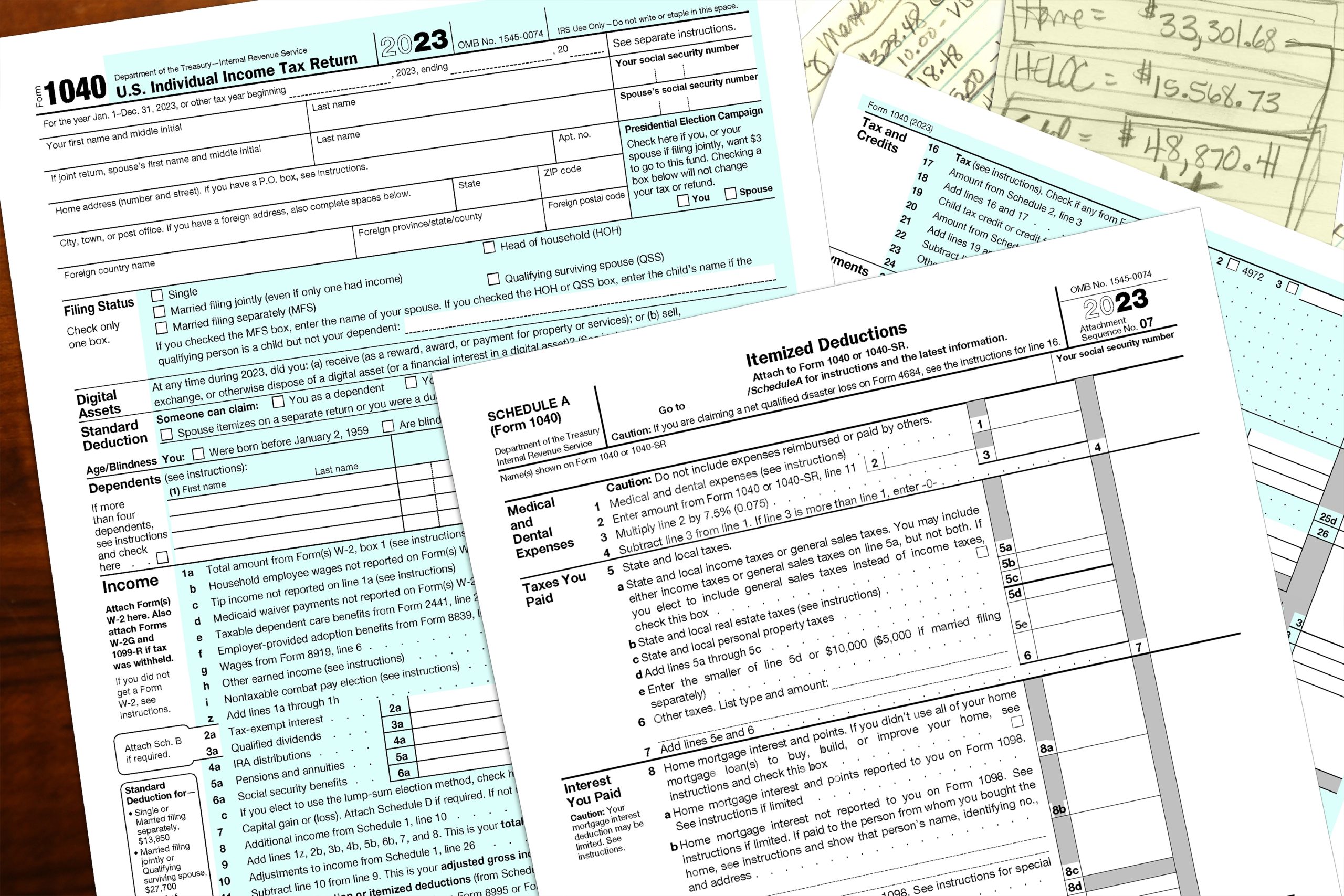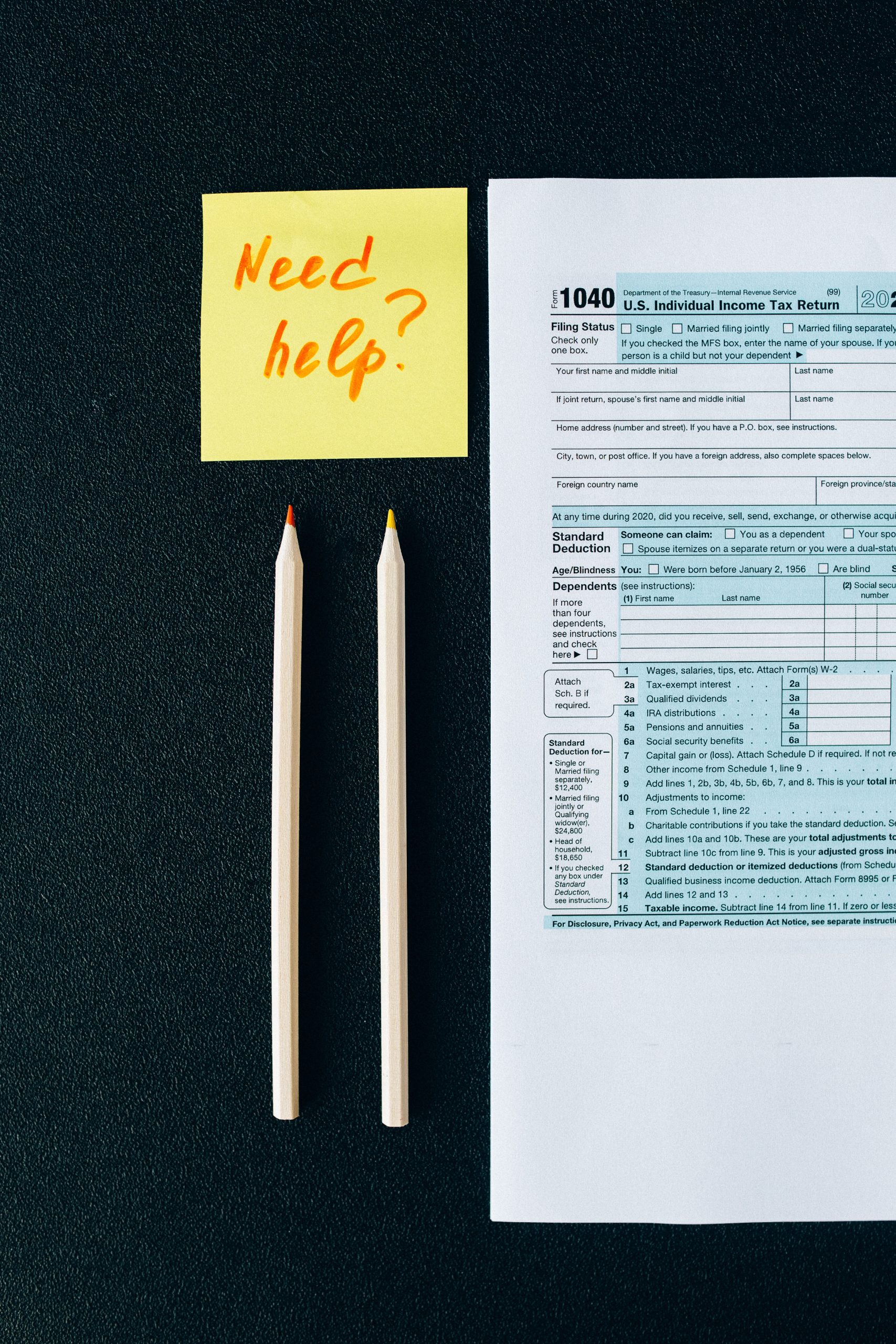2022 is coming to an end, and for many people, there’s still a lot to do before the end of the year. One thing on your to-do list might be meeting your retirement contribution goals. So, before you get caught up in the frenzy of the festivities, let’s look at some ways you can accomplish this goal.
Whether or not you’re on track to meet your retirement contribution goals this year, the end of the year is always a great time to take advantage of last-minute opportunities.
Let’s start by looking at the maximum amounts you can contribute to most retirement accounts.
401(k) contribution limits:
A 401(k) account is an individual account where you, as an employee, can contribute a portion of your salary towards retirement. In addition, your employer can contribute to this account for you, as well. (Some employers may do this as part of your salary and benefits.)
No doubt, having a 401(k) is great. The account gives you tax advantages and is pretty simple to maintain. However, the IRS limits how much you can contribute annually.
In 2022, if you’re under the age 50, you can contribute a maximum of $20,500 to your 401(k). In 2023, however, the limit will increase to $22,500. Better times ahead, I’m sure you’ll agree.
If you’re 50 or older, you can contribute up to $27,000 in 2022, because you’re allowed to make an additional $6,500 in catch-up contributions. In 2023, this catch-up contribution will increase to $7,500. This means anyone 50 years or older will be able to put up to $30,000 into their 401(k) in 2023.
The same contribution limits apply to Roth 401(k) accounts.
Now that you know more about contribution limits, let’s explore some effective strategies to maximize your retirement contributions.
1. Take full advantage of your allowed yearly contributions:
This point goes without saying. But as obvious as it seems, it’s surprising that many people don’t contribute the full amount they’re eligible to. If you can, you always want to contribute the full amount (based on the limits discussed above). This especially applies to 401(k) account holders (both traditional and Roth) because contributions are made with before-tax dollars, which means you don’t pay any taxes on them until you reach retirement age and withdraw from the account.
All 401(k) contributions need to be made by December 31 each year, as you wouldn’t be allowed to fund your 2022 401(k) even early in 2023.
Essentially, if you haven’t contributed up to $20,500 this year (if you’re under the age of 50), now is the best time to do it.
2. Take advantage of year-end charitable contributions to lower your tax bill:
The end of the year is infamous for being a period to share and care for the less privileged. If charitable contributions are a part of your festive plans, you can get a large tax benefit from this.
If you itemize your deductions, large charitable contributions can help to reduce your tax liability, and you can use the savings as catch-up retirement contributions. If this sounds like it could benefit you, you should look into tax deduction opportunities which also double as impactful actions.
3. Leverage your employer matching contributions:
An employer matching contribution is an amount that your employer contributes towards your retirement account. Your employer may match your contributions up to a certain amount. If your employer matches the contributions you make, you should max out your contributions to the amount (or percentage) your employer matches.
If you don’t contribute the full amount your employer matches, you will be forfeiting some retirement funds that you are eligible for. You don’t want to make that mistake.
4. Align your investment portfolio with your goals:
As you get closer to retirement, you might want to consider less risky ways to invest, since you’re so much closer to taking the money out. However, if you’re still early into your working years, you can make bolder investment moves to grow your portfolio.
As you get closer to retirement, you might want to change your investment holdings to lower-risk investments, such as municipal or treasury bonds and fixed-income funds or other investment options that are low risk, but still provide a moderate return.
In addition, it’s generally advisable to align your investment portfolio and ensure that your holdings are taking advantage of current market opportunities. You’ll want to check out new market trends, and not just those that were in place when you made your investments years ago.
5. Utilize any losses you had this year:
Lastly, if this year’s market volatility has left you with significant losses, you should take advantage of this. After all, not every investment results in massive profits. Your losses can be used to offset capital gains for 2022.
You can use up to $3,000 of capital losses to lower your income and reduce your tax liability for the year, and this is something you definitely want to take advantage of.
Conclusion
As you revisit your plans and accomplishments this year, make sure you also take into consideration your retirement plans. You can also get the help of a tax professional. (You can ask our team of tax experts up to 5 questions/month as a FileSmart member, all for a fraction of the price of hiring a CPA.)
Sign up here to become a FileSmart member and get access to valuable tax tips and expert help.































0